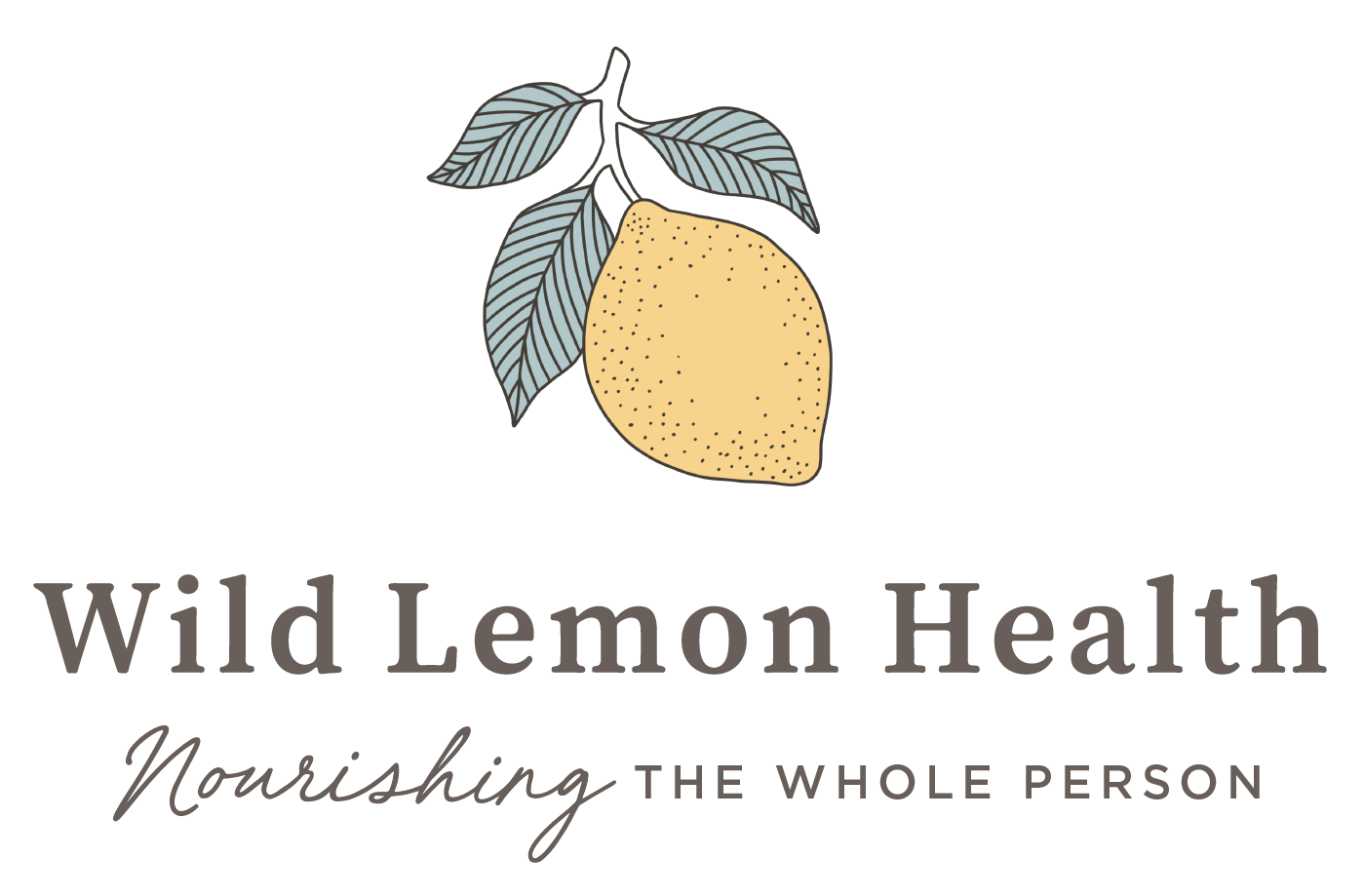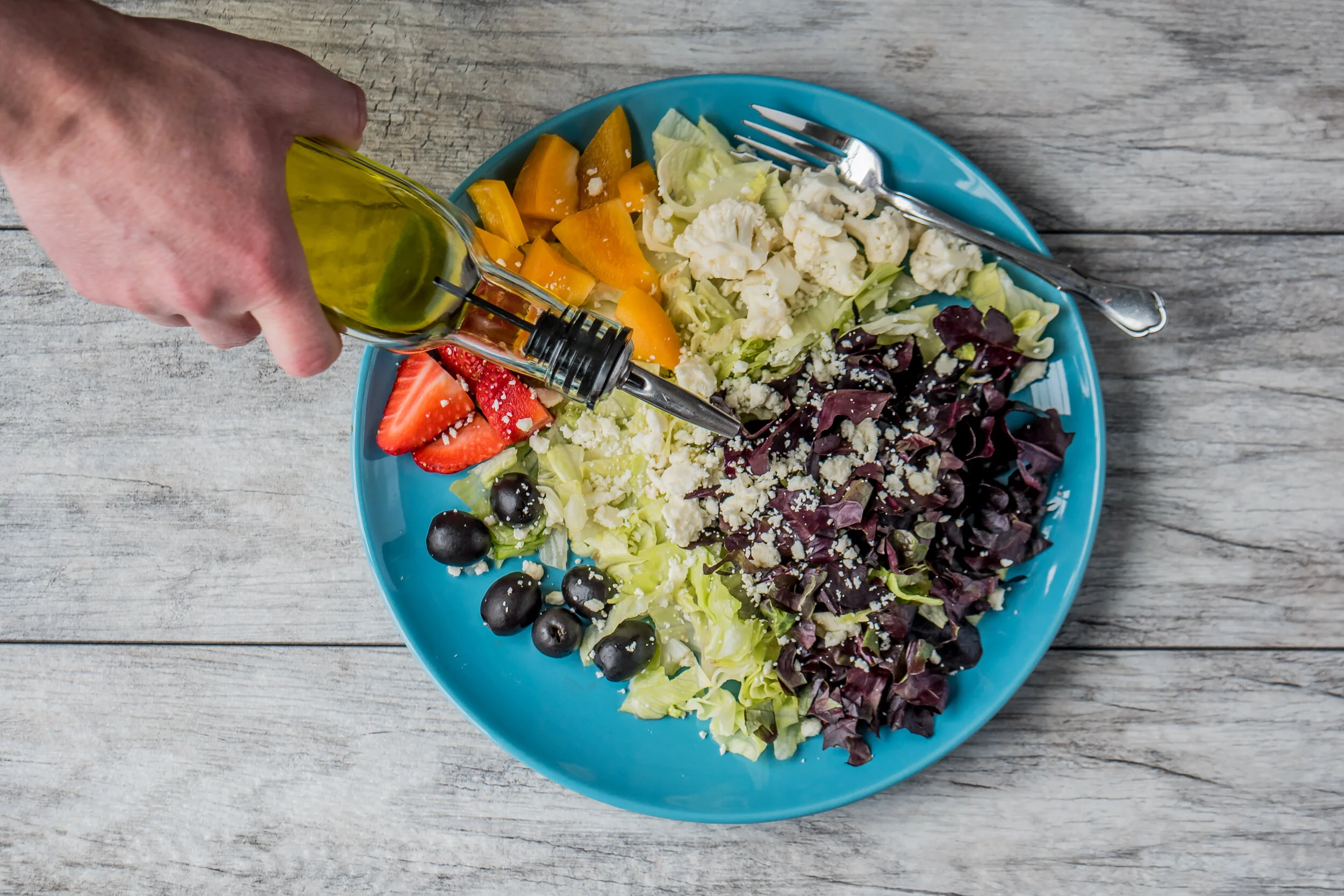Kitchen Makeover
Take a few days to set yourself up for success with the following steps. Then proceed to your recommended food plan.
Kitchen items
Recycle:
Plastic food storage containers
Plastic water and other beverage containers
Teflon (or other nonstick) cookware
Nonstick and spray oils
Antibacterial kitchen soap.
Replace with:
stainless steel, glass or ceramic
Pantry guide
Clean out your pantry by removing hidden sugars and preservatives.
Foods to remove
For the next month, you'll be excluding the foods listed below. I've found it's best to go all in by eliminating all these trigger foods at once. This cleans the slate and gives you valuable information about the impact food is making on your health.
Quality whole-food guidelines
Below you'll find a reference area for terms and foods in each food plan. For produce purchasing, refer to the EWG's clean fifteen and dirty dozen guidelines.
Meat, poultry and fish
Opt for organic whenever possible. Fish should always be wild and low-mercury. Beef 100% grass-fed. Poultry organic and free range. Eggs pasture raised.
Examples include:
Beef
Chicken
Eggs
Fish
Lamb
Turkey
Beans and legumes
If buying in a can be sure the liner is BPA free. Preferably, soak beans/legumes overnight or up to 24-48 hours to improve digestibility.
Least inflammatory:
Garbanzos
Lentils
Additional choices;
Adzuki
Black beans
Kidney beans
Lima beans
Pinto beans
Split peas
White beans
Grains and grain-like seeds
Emphasize slow burning carbohydrates in their whole form
Whole grains:
Brown rice
Oats
Millet
Grain-like seeds:
Quinoa
Buckwheat
Wild rice
Red, pink, and black rice
Nuts and seeds
Choose raw, dry-roasted or nut/seed butters. Be sure to check that the nut butter you're eating does not contain palm oil, added oils or sugar.
Almonds
Brazil nuts
Cashews
Coconut
Flaxseed
Hempseed
Pecans
Pine nuts
Pumpkin seeds
Sesame seeds
Sunflower seeds
Chia seeds
Walnuts
Energy vegetables
The starch in these vegetables help feed healthy gut flora. Limit to 2 servings per day.
Beets
Parsnips
Sweet potatoes
White, yellow, purple potatoes
Winter squash (Butternut, delicata, acorn, spaghetti)
Leafy green vegetables
You'll want to add 4 cups of leafy green veggies daily. 2 cups with lunch and 2 cups with dinner.
Arugula
Bok choy
Broccoli
Brussels sprouts
Cabbage (all types)
Cauliflower
Chard
Collard greens
Dandelion greens
Kale
Lettuce and salad greens
Mustard greens
Spinach
Rainbow veggies
These provide a colorful array of antioxidants and nutrients. Rotate them by what's available in each season.
Asparagus
Carrots
Celery
Green beans and snow peas
Onions
Purple broccoli
Red cabbage
Red, yellow and green peppers
Tomatoes
Eggplant
Summer squash and zucchini
Oils and fats
Be generous with high quality olive oil. Each meal should include a healthy fat.
Healthy fats include:
Extra virgin olive oil
Coconut oil
Ghee
Olives
Sesame oil
Walnut oil
Avocados
Fruit
Eat fruit seasonally and in-between meals as a snack.
Examples include:
All berries
Apples
Kiwi
Lemon
Lime
Oranges
Pears
GUT building foods
Try to include 1-2 TBS of a fermented food daily. You can make your own or purchase a raw lacto-fermented version.
Coconut yogurt or kefir
Kimchi
Sauerkraut
Spices
Use spices liberally. These will fight inflammation and add tons of flavor.
My favorites:
Garlic
Ginger
Turmeric
Parsley
Oregano
Rosemary




